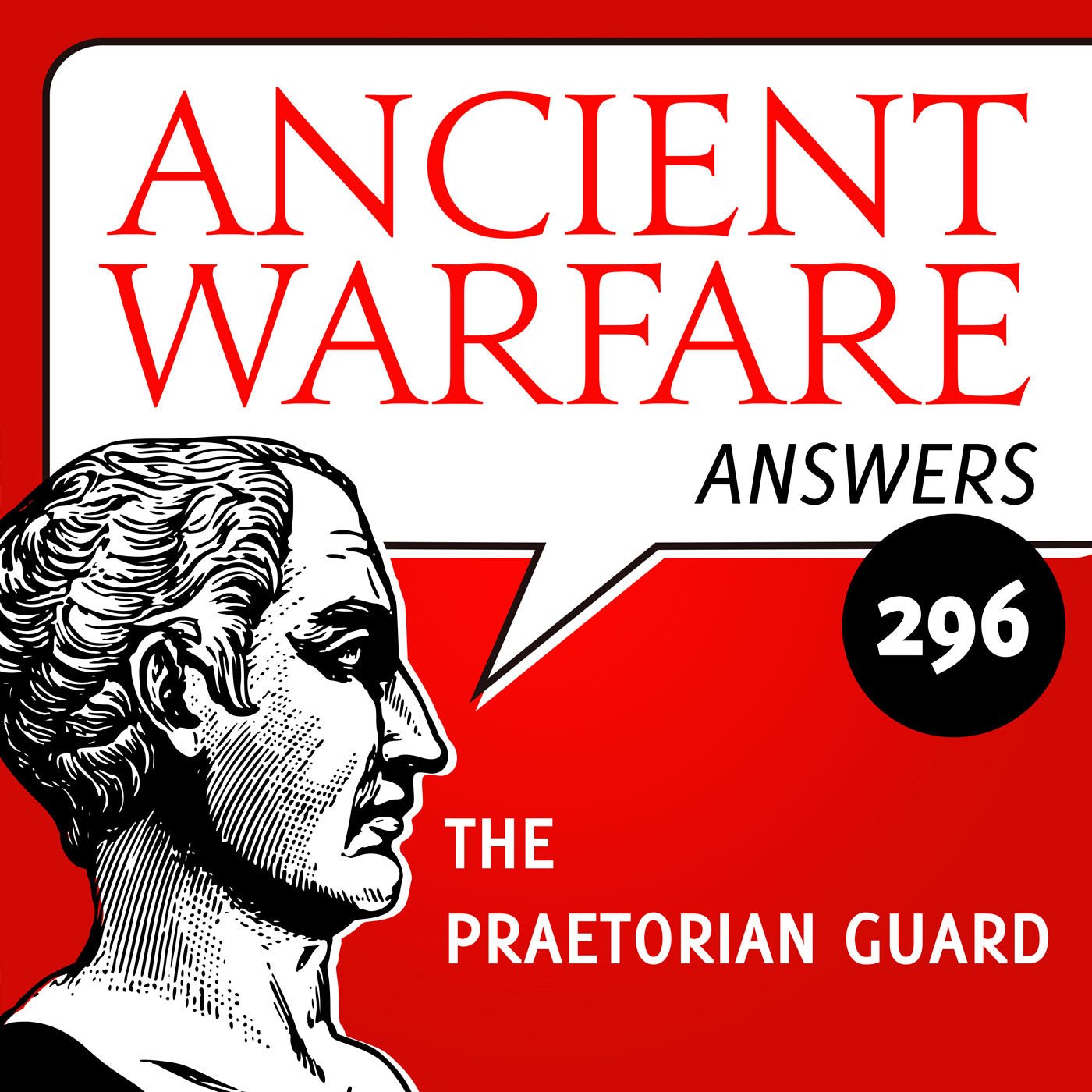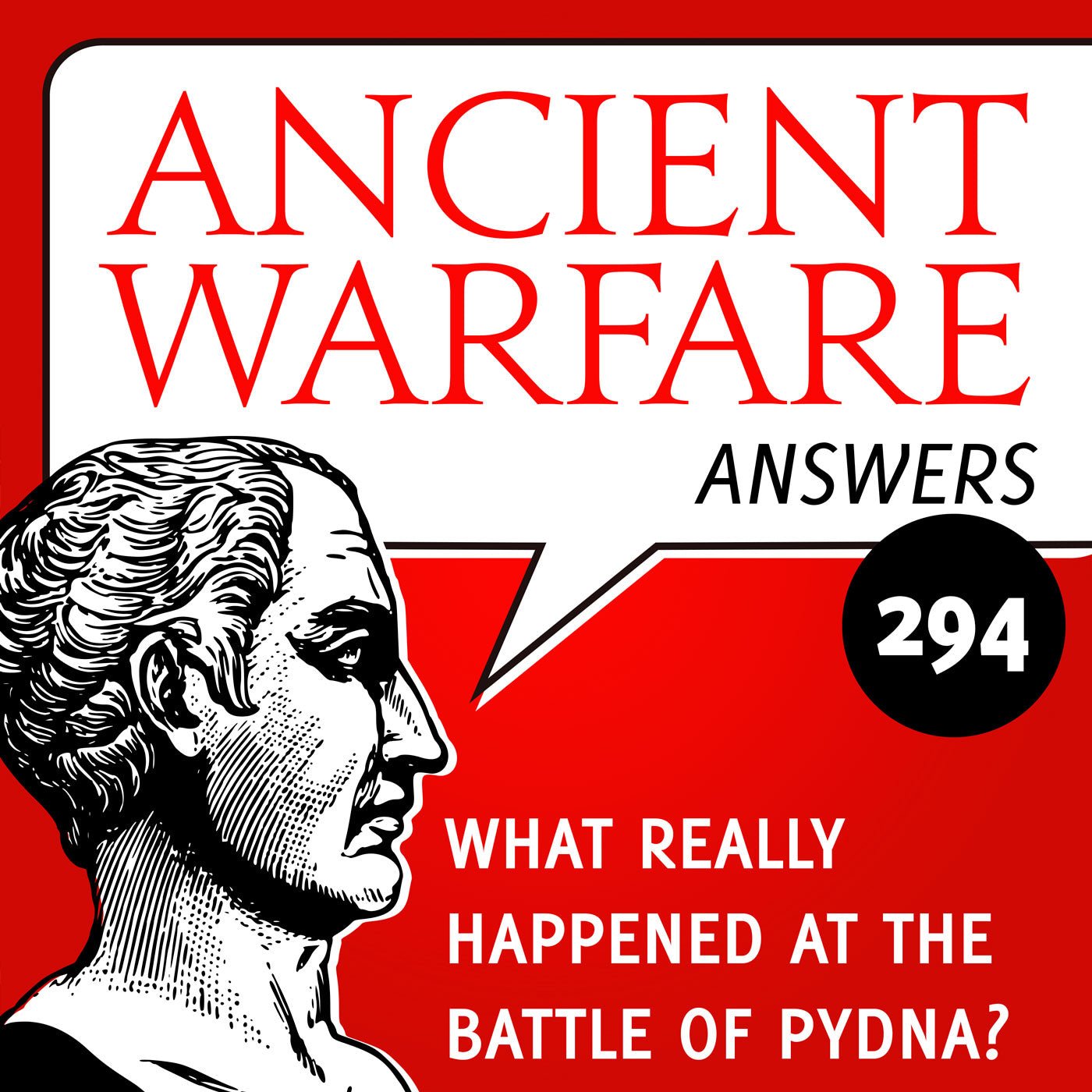The Fate of Ephialtes – Herodotus’ latest reference
Every time I return to read a passage of an ancient author, I find new insights into one topic or another. Most recently, I was re-reading Herodotus and, in my wider reading, I had come across another passage which combines to raise a fascinating point about the latest event Herodotus refers to.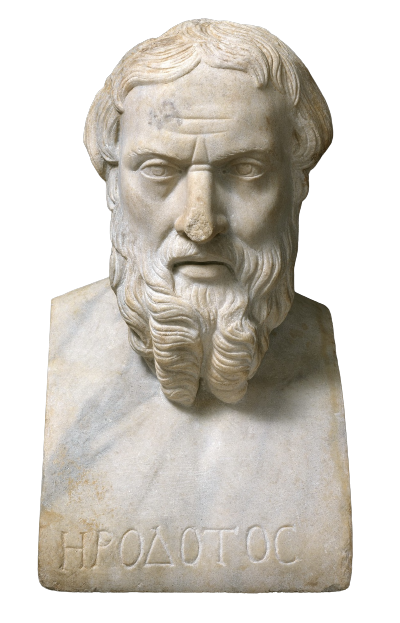
Image (right): A Roman bust of the historian Herodotus - now in the Metropolitan Museum of Art - Wikimedia
We usually assume Herodotus was researching his Histories in the 440s BC before presenting his work in person around the time of the outbreak of the Peloponnesian War in 431. Some, however, would see his work published as late as 421 BC. The latest event he mentions is usually taken to be the execution of two Tegeans at Athens in 430/429 BC (7.137 – Nicolas son of Bulis and Aneristus son of Sperthias – see Thucydides (2.67)). At 7.137, Herodotus returns to his main narrative with the rejoinder: “This happened many years after the king’s expedition, and I return now to the course of my history.” This kind of leap forward happens elsewhere too. There may, however, be an even later event Herodotus refers to.
Unfulfilled Promises
On only three occasions in the Histories does Herodotus promise to return to a subject and fail to do so. Two of these unfulfilled promises relate to Assyria (1.106.2 and 1.184) but the third relates to the death of the villain of the battle of Thermopylae, Ephialtes of Malis, the man who showed the Persians the Anopaea path around the Spartan position. Herodotus tells us (7.213.2-3) that Ephialtes:“fled into Thessaly in fear of the Lacedaemonians, and while he was in exile, a price was put on his head by the Pylagori [the representatives of the Amphictyonic League] when the Amphictyons assembled at Pylae. Still later he returned from exile to Anticyra and was killed by Athenades, a Trachinian. Athenades slew Ephialtes for a different reason, which I will tell later in my history, but he was given no less honour by the Lacedaemonians. It was in this way, then, that Ephialtes was later killed.”This omission has been used for various purposes. How and Wells dismissed the passage as proof that Herodotus intended to continue his history beyond 479 although many earlier commentators thought it did just that. How and Wells considered that the omission was due to forgetfulness but more may have been going on. Photius I of Constantinople - author of the Bibliotheca or Myriobiblos.
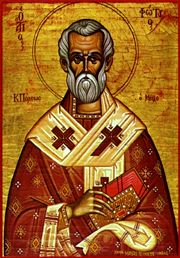 The Strange History of Ptolemy Hephaestion
The Strange History of Ptolemy Hephaestion
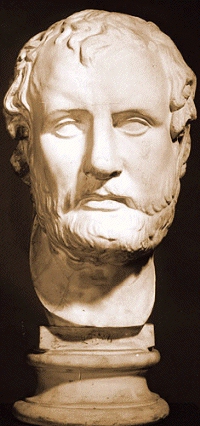 e ancient world who died with a book by their side. The book that Ephialtes was said to have had next to him, however, was a play by Eupolis, the Hybristodikai (‘Abusers of Justice’).
e ancient world who died with a book by their side. The book that Ephialtes was said to have had next to him, however, was a play by Eupolis, the Hybristodikai (‘Abusers of Justice’). Eupolis
Image (right): A bust of Eupolis unearthed in Athens in 1998 - Wikimedia Commons
I wrote about Eupolis in AW 14.1 – he was a writer of Athenian Old Comedy during the Peloponnesian War and a contemporary of Aristophanes. Eupolis was born around 447 and died in c. 411, his first play appearing in 429 BC, when he was seventeen. He, therefore, wrote fourteen or fifteen plays in a narrow period. We are told that Eupolis died in a shipwreck in the Hellespont during the Peloponnesian War and this is usually assumed to be the naval battle of Cynossema in 411 (Thucydides 8.99-109) although it could equally have been Arginusae (in 406) or Aegospotami (in 405). The name Eupolis does occur on a list of naval casualties for c.411 (IG i3.1190.52) but we should be wary of identifying that name with ‘our’ Eupolis as the name was not uncommon. In Eupolis’ play Autolycus (Fr. 49) we find the line ‘I already hate Aristarchus as general’ and Aristarchus commanded in 411. No play or fragment of Eupolis’ can be certainly dated to after c.410, however, and so 411 is most commonly accepted as the date of his death. We don’t know the date of the aforementioned Hybristodikai but it must fall within the narrow date range of 429-411 and may, in fact, be one of the earlier plays. For Ephialtes to have died with a play of Eupolis’ by his side, implies that he must have lived on, well beyond the Persian Wars, dying as an old man during the Peloponnesian War some fifty-plus years later. What is more, if the extract from Ptolemy Hephaestion is correct and if Herodotus was aware of Ephialtes’ death, it may provide an even later event than one in 430/29 to which Herodotus refers. Ephialtes was, however, the name of several other figures (such as an Athenian statesman in the 460s) so this Ptolemy passage might not refer to the Ephialtes of Herodotus. No detail is given although the notoriety of Herodotus’ Ephialtes makes him an attractive candidate. The other individuals in the passage from Ptolemy (men who died with books close by at their death) do not offer any clues. The subject matter of Eupolis’ play (as far as we can tell), however, makes it seem as if the Thermopylae Ephialtes might be meant. The Hybristodikai is translated as “Abusers of Justice” and may have referred to someone not willing to bring a case to court. So we may have had a comedy of some wrongdoing or someone trying to avoid a court case. This would seem to be an appropriate play for the infamous Ephialtes who had a price placed on his head and there are clear indicators that the list in Ptolemy had deeper meaning – see D. Ogden, The Legend of Seleucus (Cambridge, 2017), pp. 253–259, Christian Thrue Djurslev ‘Did Alexander Read Cratinus’ Eunidae on his Deathbed?’ Greek, Roman, and Byzantine Studies 58 (2018), pp. 542-560, and B. Hartley, Novel Research: Fiction and Authority in Ptolemy Chennus (PhD diss. Exeter, 2014).
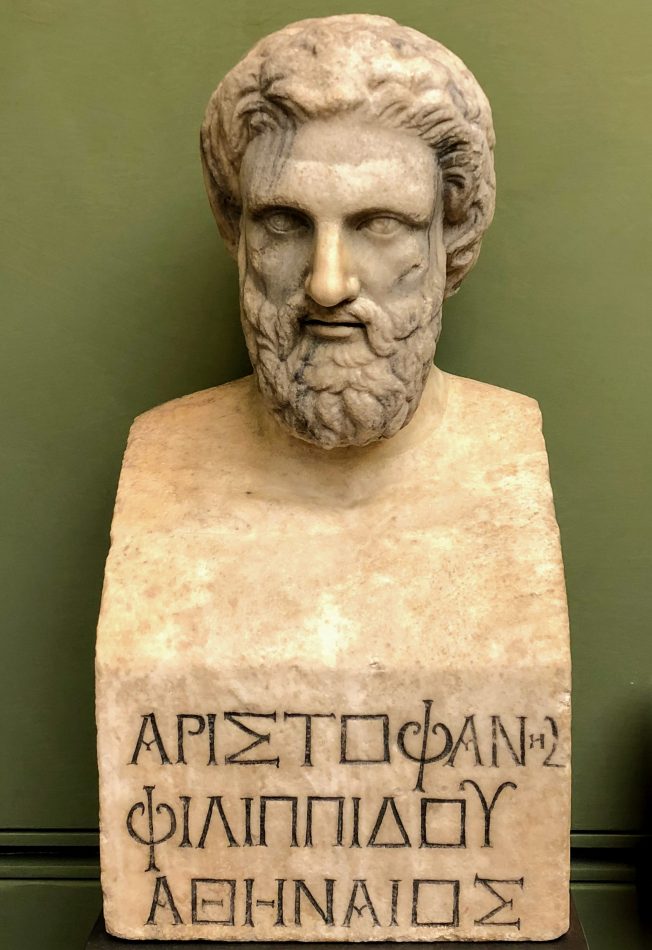 Image (right): A Bust of Aristophanes now in the Uffizi Gallery, Florence - Wikimedia Commons
Image (right): A Bust of Aristophanes now in the Uffizi Gallery, Florence - Wikimedia Commons
We may even be able to narrow down the possible date range in which Ephialtes’ death occurred (according to Ptolemy) and to which Herodotus may refer. Herodotus may have been parodied by Aristophanes in his play Acharnians (lines 85-7, 91-2, 524-9 and 1124-62) which was produced in January 425 (at the Lenaia Festival) so Herodotus’ work was probably published before that date (although some argue that Aristophanes referred to only a lecture by Herodotus or an unfinished draft). Aristophanes also refers to Herodotus in Birds (produced in 414 BC, lines 551-2 and 1124-62) and perhaps Lysistrata (line 675, staged in 411 BC) - see Nesselrath ‘Ancient Comedy and Historiography’. A chronology of Eupolis’ plays is difficult (I.C. Storey, Eupolis: Poet of Old Comedy (Oxford, 2004)) and the possibilities for Hybristodikai do fit best into the period between 429 and 426 BC, before Acharnians was produced. There were two dramatic festivals each year at Athens into which Eupolis entered plays – the Lenaia held in the month of Gamelion (our January) and the City Dionysia, held in the month of Elaphebolion (our March/April). In the chronology of Eupolis, there are enough gaps for Hybristodikai to have been produced in one of the eight festivals between 429 and 426. Four of Eupolis’ other plays are dated to this same period but this still leaves four possible dates for Hybristodikai to have been produced. Eupolis’ fame came fast and spread quickly – other playrights did not win their first victories until much later in their careers. This makes the possibility that a copy of one of his plays could have been in possession of an elderly Ephialtes when he died, all the more likely. The plays attributed to Eupolis are as follows (some may be alternate names for the same play and some of these plays’ authenticity is questioned):
- Philoi (“Friends” has been dated to 429 BC possibly as Eupolis’ earliest play although evidence is tenuous – others date it only to the 420s, others specifically to 425 or 423 BC)
- Heilotes (“Helots”, an early play usually dated to 429 or 428 BC)
- Taxiarchoi (“Taxiarchs” or “Officers” usually dated to 427 BC although Storey dates it to 415 BC)
- Chrysoun Genos (“The Golden Race” dated by Storey to the Lenaia of 426 BC although often dated to 424 BC)
- Noumeniai (“New-Moon Festival”), which won third prize at the Lenaia Festival of 425 BC,
- Aiges (“Goats” possibly dated to 425 or 424 BC)
- Astrateutoi (“Draft-dodgers” – this play may have been called Androgynai (“Hermaphrodites”) and may perhaps be dated to 423 BC)
- Poleis (“Cities” usually dated to the City Dionysia of 422)
- Maricas (“Maricas” produced for the Lenaia in 421 BC)
- Kolakes (“Flatterers” – this play won first prize in the City Dionysia Festival of 421 BC),
- Autolykos (“Autolycus”, in two versions, the earliest of which was performed in 420 BC, the second perhaps in 411 BC)
- Demoi (“Demes” dated by some to 417 or 416 BC)
- Baptai (“Dyers” probably dated to the 410s),
- Diaiton (“Arbiter” unknown date)
- Dias (“Dias” unknown date)
- Klopai (“Thefts” unknown date)
- Lakones (“Laconians” unknown date; some doubt if this play existed at all)
- Hybristodikai (“Abusers of Justice” or possibly “Vigilantes”) Prospaltioi (“Men from Prospalta” or “Prospaltians”) may be an alternate title for this play or vice versa. Storey (p. 231) dates the Hybristodikai to the early years of the Peloponnesian War – probably 429-426 BC).


